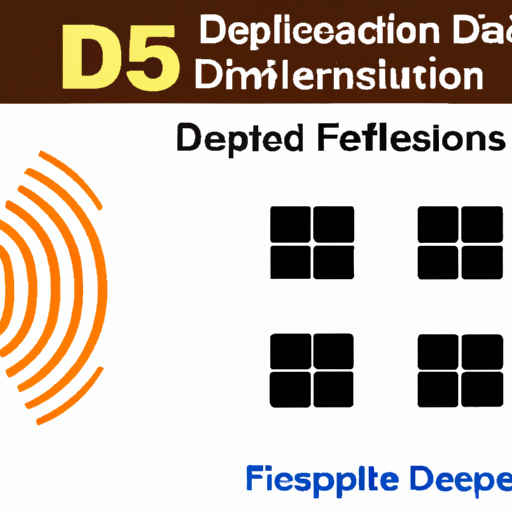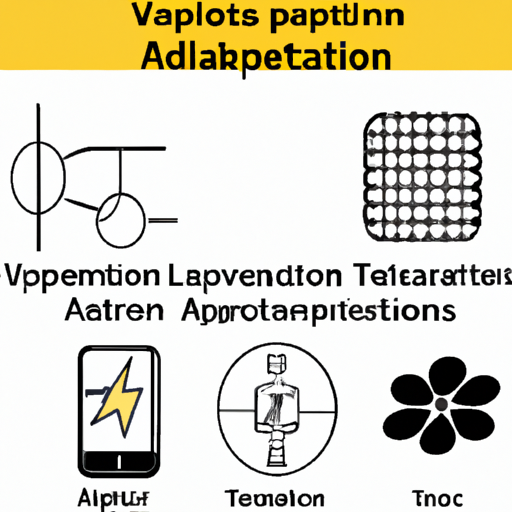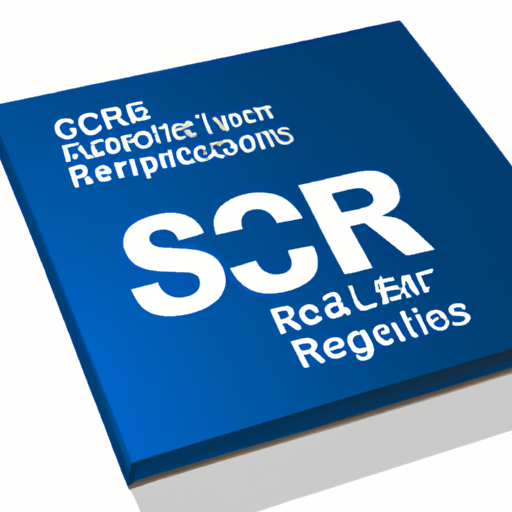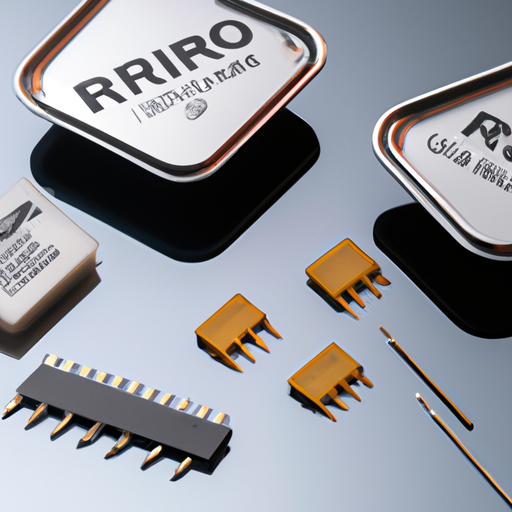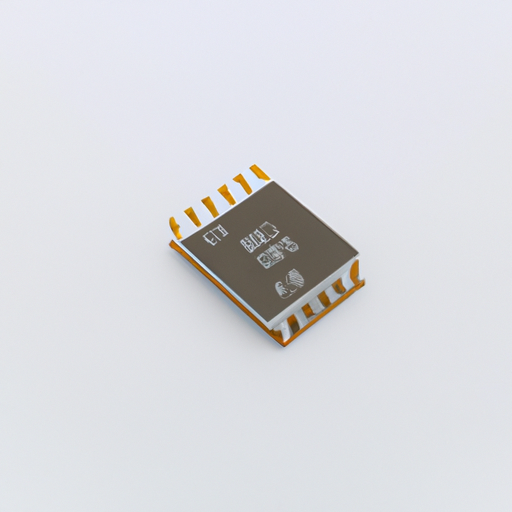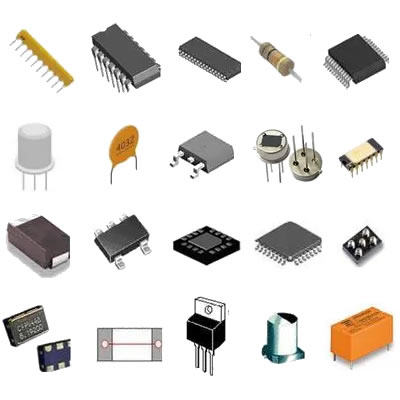The latest inductor principle What is the purchase price?
The Latest Inductor Principle: What is the Purchase Price?
I. Introduction
Inductors are fundamental components in electrical engineering, playing a crucial role in various applications, from power supplies to radio frequency (RF) circuits. As passive components, they store energy in a magnetic field when electrical current flows through them. The importance of inductors cannot be overstated, as they are essential for filtering, energy storage, and signal processing in electronic devices.
In recent years, advancements in inductor technology have led to innovative designs and materials that enhance performance and efficiency. This article aims to explore the latest principles of inductors, their applications, and the factors influencing their purchase prices.
II. Understanding Inductors
A. Basic Principles of Inductance
Inductance is the property of an electrical conductor that opposes changes in current. When current flows through an inductor, it generates a magnetic field around it. If the current changes, the magnetic field also changes, inducing a voltage that opposes the change in current. This principle is described by Faraday's law of electromagnetic induction.
B. Types of Inductors
Inductors come in various types, each suited for specific applications:
1. **Air-core inductors**: These inductors use air as the core material, making them lightweight and suitable for high-frequency applications.
2. **Iron-core inductors**: These inductors use iron as the core material, providing higher inductance values but with increased losses at high frequencies.
3. **Ferrite-core inductors**: Ferrite cores are made from ceramic materials that exhibit high magnetic permeability, making them ideal for RF applications.
4. **Toroidal inductors**: These inductors have a doughnut-shaped core, which minimizes electromagnetic interference and enhances efficiency.
C. Applications of Inductors in Various Fields
Inductors are widely used in:
1. **Power supplies**: They smooth out voltage fluctuations and store energy.
2. **RF applications**: Inductors are essential in tuning circuits and filters.
3. **Signal processing**: They help in filtering and shaping signals in communication systems.
III. The Latest Inductor Principles
A. Innovations in Inductor Design
Recent advancements in inductor design focus on miniaturization and integration. As electronic devices become smaller and more complex, the demand for compact inductors has increased. High-frequency performance has also improved, allowing inductors to operate efficiently at higher frequencies without significant losses. Enhanced efficiency and thermal management are critical, as they ensure that inductors can handle increased power levels without overheating.
B. Materials Used in Modern Inductors
The materials used in inductors have evolved significantly. Advances in core materials, such as high-permeability ferrites and amorphous metals, have improved inductance values and reduced losses. Additionally, the choice of conductive materials, such as copper and aluminum, impacts performance, with copper being preferred for its superior conductivity.
C. Smart Inductors and Their Functionalities
The integration of digital technologies has led to the development of smart inductors. These inductors can self-tune to optimize performance based on the operating conditions, making them highly versatile for various applications. Their ability to adapt to changing environments enhances the efficiency of electronic systems.
IV. Factors Influencing the Purchase Price of Inductors
A. Material Costs
The cost of raw materials significantly impacts inductor prices. Traditional materials like iron and copper are subject to market fluctuations, while advanced materials may have higher initial costs but offer better performance and efficiency. The choice between traditional and advanced materials can influence the overall pricing strategy for manufacturers.
B. Manufacturing Processes
The manufacturing processes used to produce inductors also affect their costs. Advanced techniques, such as automated winding and precision molding, can increase production efficiency but may require higher initial investments. Additionally, the scale of production plays a crucial role; larger production runs can reduce per-unit costs, making it essential for manufacturers to balance quality and quantity.
C. Performance Specifications
Performance metrics, such as inductance value, current rating, and frequency response, directly influence pricing. Higher performance specifications often come with increased costs, leading to trade-offs between cost and performance. Manufacturers must carefully consider these factors when pricing their products.
D. Market Demand and Supply Dynamics
Current trends in the electronics market, including the growing demand for compact and efficient devices, impact inductor pricing. Global supply chain issues, such as shortages of raw materials or disruptions in manufacturing, can also lead to price fluctuations. Understanding these dynamics is crucial for both manufacturers and consumers.
V. Price Ranges for Different Types of Inductors
A. Overview of Typical Price Ranges
Inductor prices can vary significantly based on type and specifications:
1. **Low-end inductors**: Typically range from $0.10 to $1.00, suitable for basic applications.
2. **Mid-range inductors**: Priced between $1.00 and $10.00, these inductors offer better performance and are used in more demanding applications.
3. **High-end inductors**: These can cost anywhere from $10.00 to $100.00 or more, designed for specialized applications requiring high precision and performance.
B. Case Studies of Specific Inductor Models
To illustrate the price-performance relationship, consider the following examples:
1. **Low-end model**: A basic air-core inductor priced at $0.50 may suffice for simple filtering applications but lacks the efficiency needed for high-frequency circuits.
2. **Mid-range model**: A ferrite-core inductor priced at $5.00 offers improved performance for RF applications, balancing cost and efficiency.
3. **High-end model**: A toroidal inductor priced at $50.00 provides exceptional performance for high-power applications, justifying its higher cost.
VI. Future Trends in Inductor Pricing
A. Predictions for Future Price Changes
As technology continues to advance, we can expect fluctuations in inductor prices. Innovations in manufacturing processes and materials may lead to cost reductions, while increasing demand for high-performance components could drive prices up. Economic factors, such as inflation and global supply chain stability, will also play a significant role in shaping future pricing trends.
B. The Role of Sustainability in Pricing
Sustainability is becoming increasingly important in the electronics industry. Eco-friendly materials and manufacturing processes may come with higher initial costs but can attract environmentally conscious consumers. As demand for sustainable products grows, manufacturers may need to adapt their pricing strategies to remain competitive while promoting eco-friendly practices.
VII. Conclusion
Understanding the principles of inductors and their pricing is essential for anyone involved in electronics design and manufacturing. As technology evolves, so too do the materials and designs of inductors, leading to improved performance and efficiency. By considering the factors that influence pricing, consumers can make informed decisions when purchasing inductors for their applications.
The future of inductors in technology looks promising, with ongoing innovations and a growing emphasis on sustainability. As the industry continues to evolve, further research and exploration into inductor technology will be crucial for staying ahead in this dynamic field.
VIII. References
1. "Inductor Basics: Understanding Inductance," Electronics Tutorials.
2. "Advancements in Inductor Technology," IEEE Transactions on Power Electronics.
3. "Market Analysis of Inductor Pricing Trends," Electronics Weekly.
4. "Sustainable Materials in Electronics Manufacturing," Journal of Cleaner Production.
This comprehensive exploration of inductors and their pricing provides valuable insights for engineers, manufacturers, and consumers alike, ensuring a deeper understanding of this essential component in modern electronics.


